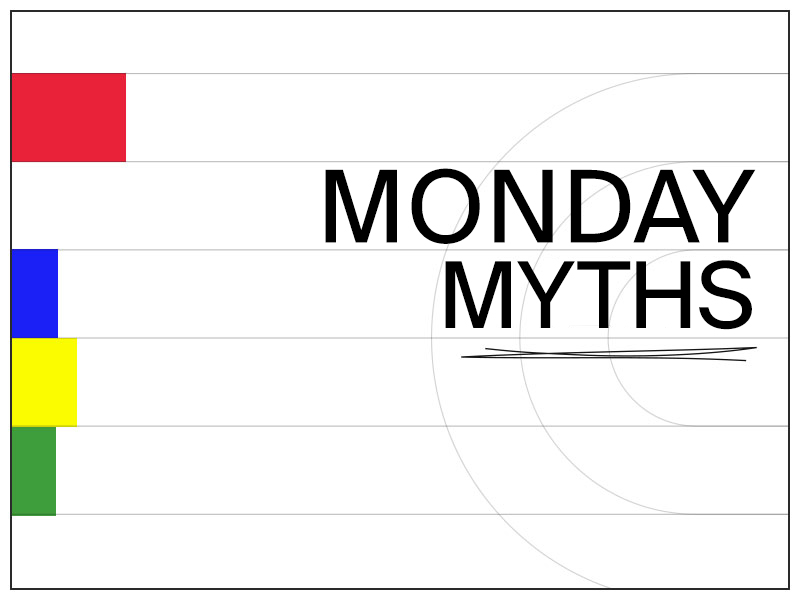by Jeremy Plonk
February 14, 2022

Welcome to a continuing handicapping series for our Monday blog space, “Monday Myths.” Each week I’ll use the power of the Betmix database to take common handicapping assumptions and either support or dispel them with data. Betmix data powers the 1/ST BET app and its features like Angler and Birddog give data-minded horseplayers a treasure trove of information in which to query your own curiosities.
Assumption:
Bridge-jumpers are best sought in smaller-pool, nighttime signals.
Background:
Bridge-jumpers in horse racing terms are those who bet large sums to show on what appears to be a sure thing. When said sure thing doesn’t deliver a top-3 finish, said handicappers are assumed to be looking for the next bridge from which to jump. Or so the legend goes. But these bridge-jumping handicappers exist and you’ll see their appearances heavily tilt show pools each week. It seems as though it happens most often on smaller, night-time signals. One of the reasons being that the state of West Virginia, home to Mountaineer and Charles Town, mandates a minimum $2.20 payout vs. $2.10 in nearly all other jurisdictions. The bridge-jumper stands to make an additional 5% return in West Virginia, doubling his or her winnings from other states. We do see high-profile bridge-jumping situations. Recall Arrogate finishing 4th of 5 at 1-20 odds in the 2017 San Diego at Del Mar, causing $22, $67 and $38 returns to show. But is it true that the smaller venues are where to find most of this action?
Data Points:
I dialed up the Betmix database to look at every $20-plus show payoff since the start of 2017, a little more than five years. The database found just over 1,600 such returns, often multiple in the same race as all 3 runners across the board saw large payoffs. I filtered by tracks to see the top-10 most prevalent, and by class.
Overall Findings:
-Charles Town had 133 show returns of $20-plus.
-Gulfstream had 133 show returns of $20-plus.
-Parx had 94 show returns of $20-plus.
-Mountaineer had 91 show returns of $20-plus.
-Delta Downs had 83 show returns of $20-plus.
-Woodbine had 71 show returns of $20-plus.
-NYRA (Aqu-Bel-Sar) had 70 show returns of $20-plus.
-Remington Park had 65 show returns of $20-plus.
-Laurel Park had 56 show returns of $20-plus.
-Mahoning Valley had 49 show returns of $20-plus.
//
Maiden claimers had 392 show returns of $20-plus.
Maiden special weight had 236 show returns of $20-plus.
Claiming races had 676 show returns of $20-plus.
Allowance races had 215 show returns of $20-plus.
Stakes races had 103 show returns of $20-plus.
Overall Findings:
Charles Town, in West Virginia, tied for the most bridge-jumper show returns along with Gulfstream Park, which runs the most live dates of any singular, daytime signal in America by far annually. Four of the top-8 most likely venues for a $20-plus show return, indeed, were smaller, nighttime signals (CT, Mnr, DeD, RP). In terms of race-class and impact on bridge-jumper results, more than 1000 of the 1600+ such returns came in either claiming or maiden claiming races. The higher the class, the fewer such examples.
Bottom line: While it’s not wildly obvious and confirmed, the numbers do indicate there’s a reasonable amount of truth to the assumption that the smaller night-time signals are the bridge-jumpers’ havens. And notably, Mountaineer has cut its racing dates in recent years, otherwise may rank higher than its current No. 4 spot overall.
Additional details:
You can go into Betmix and run your own queries for a deeper dive into this theory and any that you can create. For instance, research the impact of field size on bridge-jumper returns or perhaps distance and surfaces to try and unearth where the next might be most likely to happen.